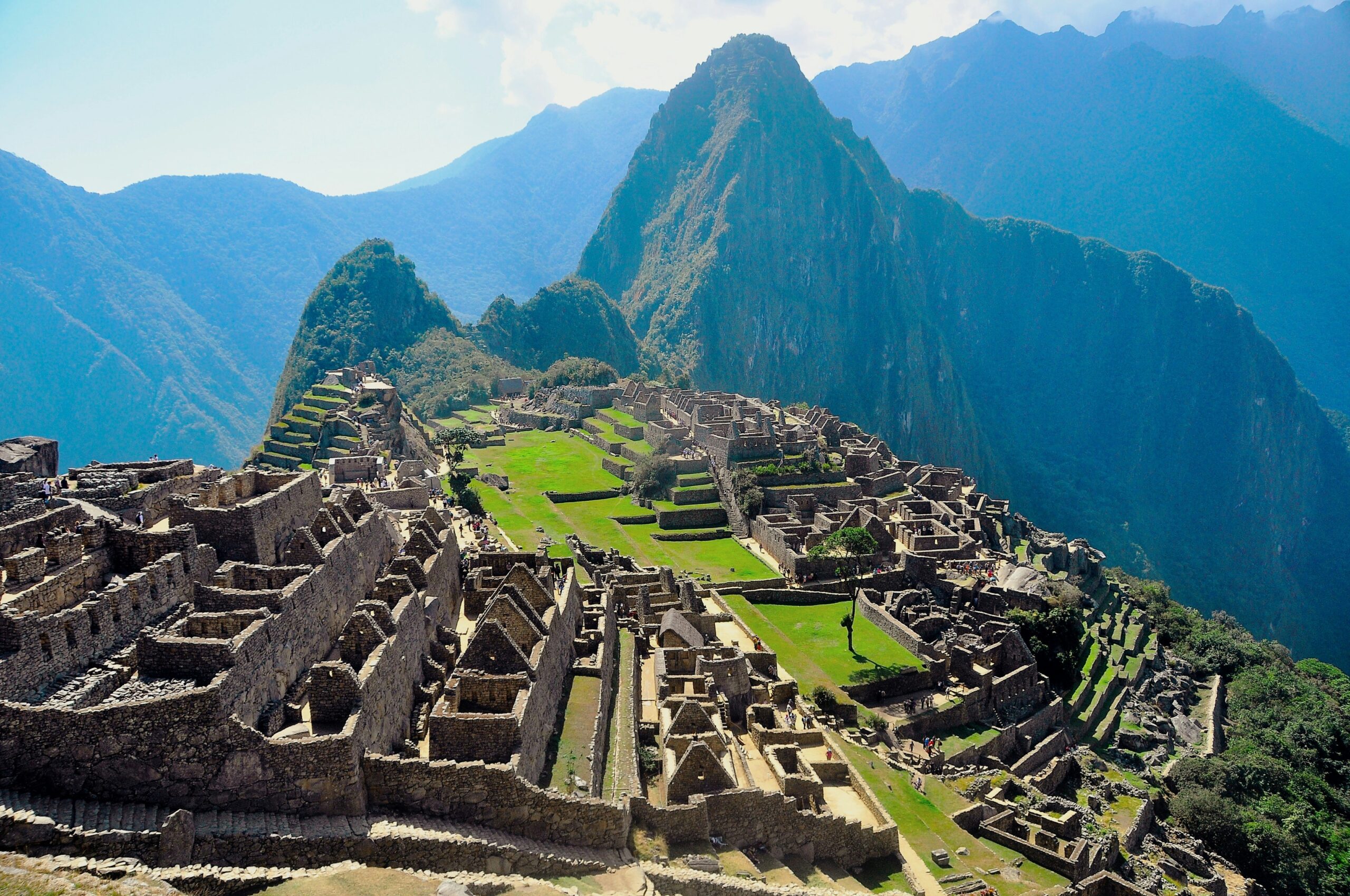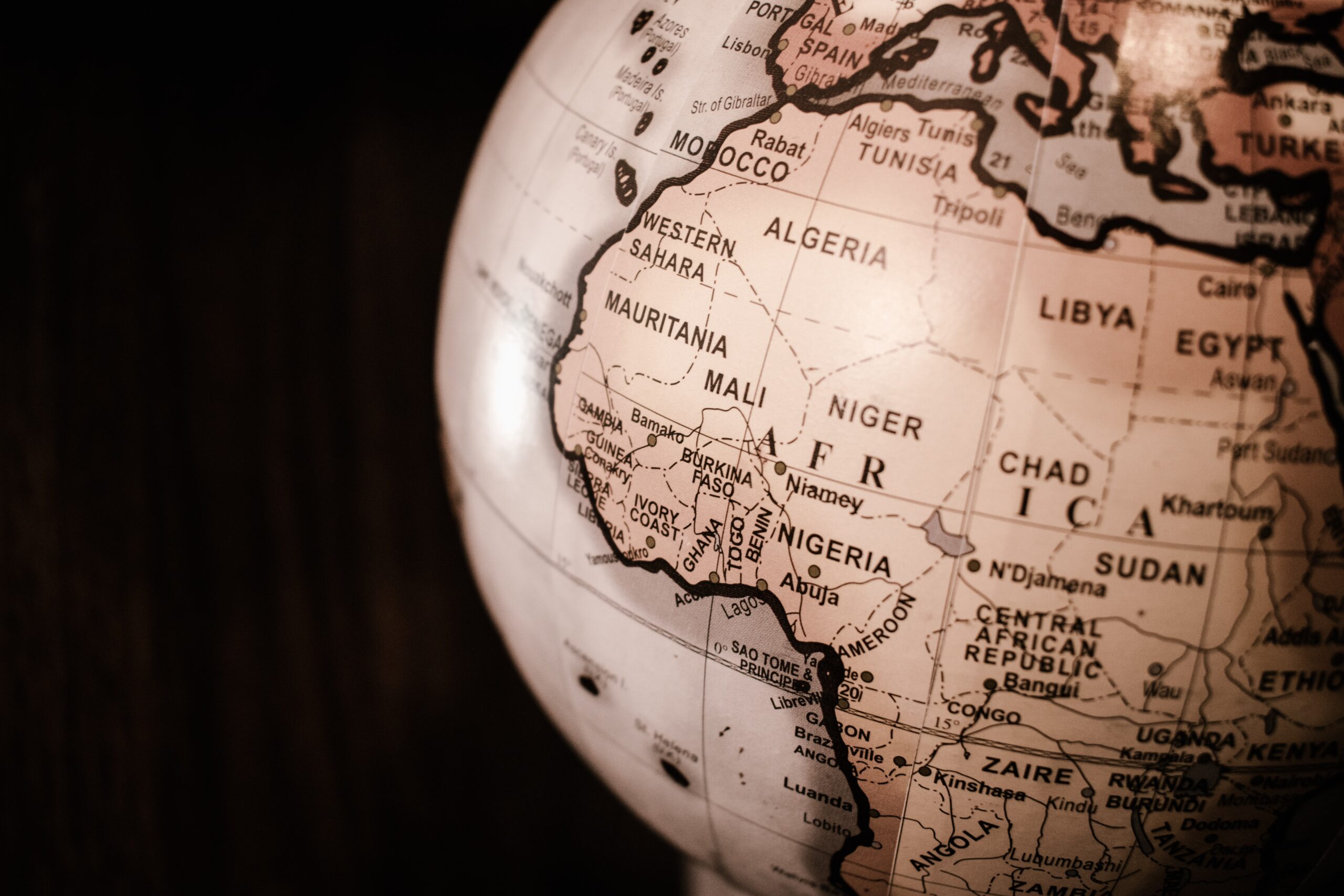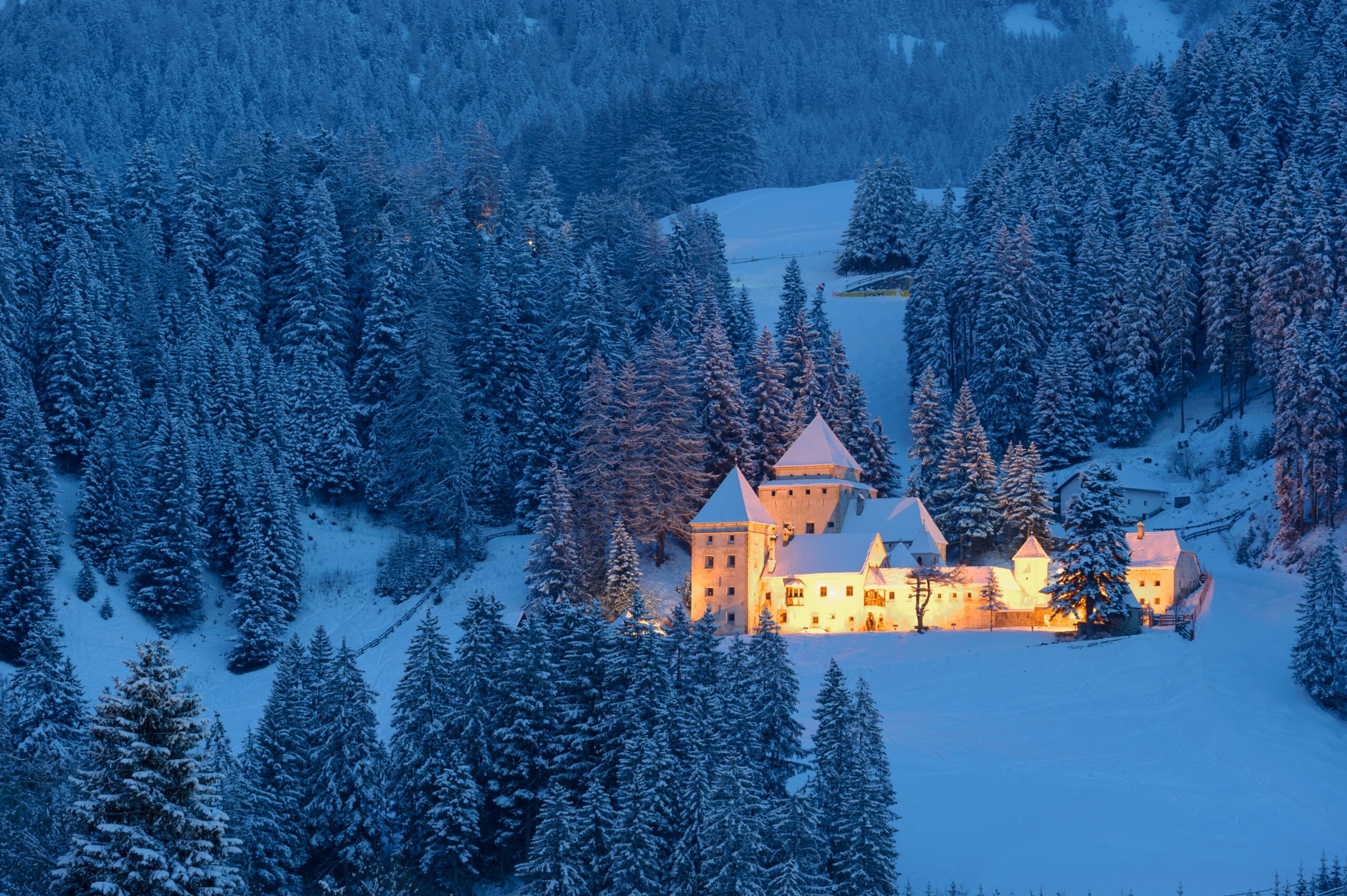South America, a land brimming with diverse cultures and ancient civilizations, holds a treasure trove of sacred sites deeply intertwined with spiritual traditions. These locations, ranging from majestic mountains to mystic ruins, are not just tourist attractions but are revered spaces that offer a glimpse into the continent’s rich spiritual heritage. They stand as testaments to the profound beliefs and rituals of indigenous peoples, echoing centuries of history, spirituality, and a deep connection with nature and the cosmos.
Machu Picchu, Peru
Machu Picchu, the enigmatic Incan citadel perched in the Andes Mountains of Peru, stands as a symbol of the Inca Empire’s architectural and spiritual ingenuity. Built in the 15th century, it is believed to have been a sacred religious site for Inca leaders, a place for worship and astronomical observation. The precise function of Machu Picchu remains a mystery, adding to its allure and spiritual significance.
For visitors, the journey to Machu Picchu is both physical and spiritual. The best times to visit are during the dry season from May to October, offering clearer skies and safer hiking conditions. Guided tours are highly recommended to fully appreciate the site’s history and cultural importance. Visitors are encouraged to respect its sacred nature by following designated paths, not disturbing the ruins, and maintaining a sense of reverence throughout their visit. This respect helps preserve the mystical ambiance of Machu Picchu, allowing future generations to experience its wonder and spiritual power.
Lake Titicaca, Bolivia and Peru
Lake Titicaca, which straddles the border between Bolivia and Peru, is revered in Inca mythology as the cradle of the sun. According to legend, from these sparkling waters emerged the sun god, Inti, giving birth to the Inca civilization. This myth gives the lake deep spiritual significance, making it a place of pilgrimage for those who want to connect with ancient Andean beliefs.
Exploring Lake Titicaca offers a mix of spiritual and cultural experiences, where visitors can marvel at the unique Uros Islands, floating reed islands built by the Uros people. In addition, Isla del Sol (Island of the Sun) is a must-see, with its sacred Inca ruins and breathtaking views. These activities not only provide insight into the lake’s mythological past, but also allow for a deeper appreciation of the indigenous cultures that have thrived on its shores for centuries.
Salar de Uyuni, Bolivia
Salar de Uyuni in Bolivia, the world’s largest salt flat, presents a landscape so vast and ethereal it’s often described as the point where heaven meets earth. This immense white expanse, especially when covered in a thin layer of water, creates a mirror-like effect, blending sky and ground in a surreal display. For many, this natural wonder evokes a deep spiritual connection, symbolizing purity, infinity, and the harmony of the universe. It’s a place that encourages reflection and introspection, making it a unique spiritual destination.
Visitors seeking to experience the magic of Salar de Uyuni should consider guided tours for safe and informed exploration. The best time to visit is during the rainy season (December to April) for the iconic mirror effect. Photographers will find this time ideal for capturing stunning, reflective shots. Remember, the beauty of Salar de Uyuni lies in its natural state, so visitors are encouraged to respect and preserve its pristine condition.
The Nasca Lines, Peru
The Nasca Lines in Peru, a series of ancient geoglyphs etched into the desert, have fascinated archaeologists and visitors alike. These massive figures, depicting various animals and shapes, are believed to date back to 500 BCE to 500 CE. Theories about their purpose range from astronomical markers to sacred paths for spiritual rituals, some suggest they were offerings to the gods, visible only from the heavens. Their precise significance remains a mystery, adding to their mystical allure.
The best way to appreciate the scale and intricacy of the Nasca Lines is from the air, airplane tours offer a bird’s-eye view, revealing the full majesty of these enigmatic creations. Alternatively, viewing towers provide a more accessible, though less comprehensive, perspective. Whichever method you choose, witnessing the Nasca Lines is an unforgettable experience, inviting contemplation of ancient cultures and their relationship with the earth and sky.
San Agustín Archaeological Park, Colombia
San Agustín Archaeological Park in Colombia is a remarkable window into pre-Columbian culture, famed for its extensive collection of statues and tombs dating back to the 1st to the 8th century. The park houses over 500 monolithic sculptures, each intricately carved with figures that are believed to represent gods, mythical beings, and animals, reflecting the spiritual beliefs and practices of the ancient people who once inhabited this region. These statues, alongside the ceremonial burial sites, offer insights into the complex religious and social structures of these early societies.
Visitors to the park are encouraged to take guided tours for a comprehensive understanding of its historical and cultural significance. Highlights include the Mesita A, B, C, and D, the Fuente de Lavapatas, and the Bosque de las Estatuas. Each site offers a unique glimpse into the artistic and spiritual legacy of San Agustín’s ancient inhabitants, making the park a must-visit for those interested in archaeology, history, and the exploration of ancient spiritual traditions.
Conclusion
Exploring South America’s sacred sites is more than a journey through spectacular landscapes; it’s a voyage into the soul of a continent rich in spiritual heritage. From the mystical peaks of Machu Picchu to the reflective expanse of Salar de Uyuni, each site offers a unique window into the beliefs and rituals of ancient civilizations. These sacred places not only connect us to the past but also invite us to reflect on the profound relationship between humanity, nature, and the divine. They are vital in understanding and appreciating the intricate tapestry of South America’s cultural heritage.





